Piper Laurie, Reluctant Starlet Turned Respected Actress, Dies at 91
She began as just another product of the studio system, but she went on to receive three Oscar nominations, win an Emmy, and appear on Broadway.
Piper Laurie in 2016. Tired of the Hollywood star-making machinery early in her career, she took a 15-year break from it. In her comeback, she earned a second Oscar nomination.
By Anita Gates
Oct. 14, 2023
Piper Laurie, who escaped the 1950s Hollywood starlet-making machinery to become a respected actress with three Oscar nominations and an Emmy Award, died on Saturday at a nursing facility in Los Angeles. She was 91.
Her manager, Marion Rosenberg, confirmed the death but did not specify the cause.
Ms. Laurie’s first Academy Award nomination was for best actress in “The Hustler” (1961), in which she played a lonely alcoholic who hooks up with a dissolute pool player played by Paul Newman.
After a 15-year break from making movies, she earned a comeback nomination for her performance as the deranged religious mother of a telekinetic teenager (Sissy Spacek) in “Carrie” (1976). She received her third nomination for her role as the estranged mother of a young deaf woman (Marlee Matlin) in “Children of a Lesser God” (1986).
Just before that, she had won an Emmy for “Promise” (1986), an acclaimed CBS movie about schizophrenia in which she played James Garner’s helpful ex-girlfriend.
She received eight other Emmy nominations, including for her roles as the vengeful paper-mill manager on the original “Twin Peaks,” Rachel Ward’s sympathetic married friend in “The Thorn Birds” and the comically vicious mother of a coldhearted psychiatrist on the NBC sitcom “Frasier.”
Ms. Laurie, whose birth name was Rosetta Jacobs, was 17 when Universal-International signed her as a contract player and gave her the screen name Piper Laurie — a change about which she had mixed feelings. It was the era of publicity gimmicks, an attempt to brand new performers, especially starlets, with fabricated, sometimes outrageous histories or habits.
The studio was looking for an angle that had not been used before. A publicist on the set of a movie she was shooting observed a scene that involved putting flowers in a salad. The publicist decided to position her as the girl who ate flowers — orchids, rose petals, marigolds. And so she did, dutifully, for photographs and interviews. (“They didn’t taste so bad,” she told a United Press International reporter in 1991.)
Publicity tours and stunts were so much a part of her career that in 1953, Collier’s magazine ran an article about how many she did — happily, the writer observed — and how much money her pictures were making for her employer.
Behind her smile, however, Ms. Laurie was growing disillusioned.
“Every role I played was the same girl, no matter whether my co-star was Rock Hudson or Tony Curtis or Rory Calhoun,” she told The New York Times in 1977, referring to the movies she had made while under contract with Universal.
“She was innocent, sexual, simple — the less intelligent, the better, and complexity was forbidden.” She rebelled and broke her contract in 1956.
As early as 1959, Ms. Laurie was brazenly frank in interviews about her experience.
In one, published in The Tribune of Columbus in Indiana, she said, “If I’d continued in Hollywood, doing those old, insipid parts, I think by now I would have killed myself.”
She decided to hold out for better movie roles, doing television and stage work for four years or so until eventually, the right thing came along: “The Hustler.”
Rosetta Jacobs was born in Detroit on Jan. 22, 1932, the younger of two daughters of Alfred Jacobs, a furniture dealer, and Charlotte Sadie (Alperin) Jacobs.
Her grandparents were Jewish immigrants, from Poland on her father’s side and from Russia on her mother’s.
When Rosetta was 6, she was sent to accompany her older sister, who was asthmatic, to a sanitarium in Southern California. Ms. Laurie wrote in her 2011 memoir, “Learning to Live Out Loud,” that she never understood why she also had to go.
Her parents told her it was to “keep your sister company,” but in hindsight, she wrote, “They must have been suffering in ways they believed we couldn’t understand” and just couldn’t deal with parenthood at the time. Three years later, their parents moved to Los Angeles and had them released.
Although Ms. Laurie hated those years in the sanitarium, she eventually saw them as having benefited her. “My exile had cultivated an imagination that grew like a giant, sheltering flower,” she wrote in her memoir. “It was a lifetime gift.”
Rosetta was unusually anxious about public speaking, so she was given elocution lessons. Those led to small acting roles, and with her mother’s encouragement,
she found a part in a play presented by a low-profile theater company in Los Angeles, won a screen test in a local contest (but did badly on the test itself), took part in comedy sketches at a resort, and eventually found an agent.
She and another newcomer, Rock Hudson, signed seven-year movie contracts on the same day.
Universal cast her in “Louisa” (1950), a romantic comedy in which she played Ronald Reagan’s teenage daughter. (They dated after filming was over.)
Over the next four years, she appeared in a dozen films, including “The Prince Who Was a Thief” (1951), “Son of Ali Baba” (1952), “The Mississippi Gambler” (1953), and “Francis Goes to the Races” (1951), in which one co-star was a talking mule.
After moving to New York in the mid-1950s, Ms. Laurie acted in Off-Broadway stage productions and television dramas. But she did not make her Broadway debut until 1965, when she starred as the fragile teenage heroine, Laura, in a revival of Tennessee Williams’s “The Glass Menagerie,” with Maureen Stapleton and Pat Hingle.
She returned to Broadway only once, in 2002, as part of the ensemble cast of “Morning’s at Seven.”
Her later film career included “Tim” (1979), in which she played an older woman who has a relationship with a younger man who is mentally disabled (Mel Gibson, then 23, in one of his first films); Sean Penn’s drama “The Crossing Guard” (1995), starring Jack Nicholson; and “The Grass Harp” (1995), based on a Truman Capote novel.
She also appeared in two horror movies, “The Faculty” (1998) and “Bad Blood” (2012); in both, she played a cult matriarch. In 2018, she appeared in two movies: “Snapshots,” a drama in which she played a grandmother with a secret past, and “White Boy Rick,” a crime drama starring Matthew McConaughey.
Ms. Laurie had a long romantic relationship with the director John Frankenheimer, who directed her in the original live television version of “Days of Wine and Roses” in New York, but they never married.
While promoting “The Hustler,” Ms. Laurie was interviewed by Joe Morgenstern, then an entertainment reporter for The New York Herald Tribune and later a film critic for Newsweek and The Wall Street Journal. They began dating and married in 1962.
They stayed together for two decades and lived in Woodstock, in upstate New York, for much of that time. She did a handful of guest roles on television in the first years of their marriage, then disappeared from the screen altogether in 1966 until “Carrie” — which she originally thought was meant to be a comedy — came along a decade later.
In between, she focused on her marriage; sculpture, which she studied at the Art Students League in New York; and a new daughter, Anna.
“Being a mother and a stone carver really helped me to find my voice,” she told
The Hollywood Interview, an entertainment blog, decades later.
She and Mr. Morgenstern divorced in 1982. Survivors include a daughter, Anna Grace Morgenstern.
When asked in a 2011 interview with the Archive of American Television what acting advice she would offer, Ms. Laurie said, “Sometimes I think I don’t know anything.” But she acknowledged that her childhood shyness may have helped her “learn to listen, really, deeply, fully.”
Later, she told The Hollywood Interview, that she learned the relationship between focus and fear by doing live television. “The moment we went live, suddenly the air changed in the room and I was totally focused,” she recalled. “The panic, the terror, the preference to have a truck hit me was gone.”
It was even better than stage acting, she said: “Live TV had the intensity of three or four opening nights on Broadway all smacked together.”
Johnny Diaz contributed reporting.
ADVERTISEMENT
BY
Looking for more information?
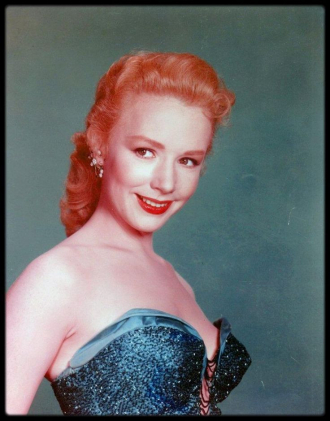
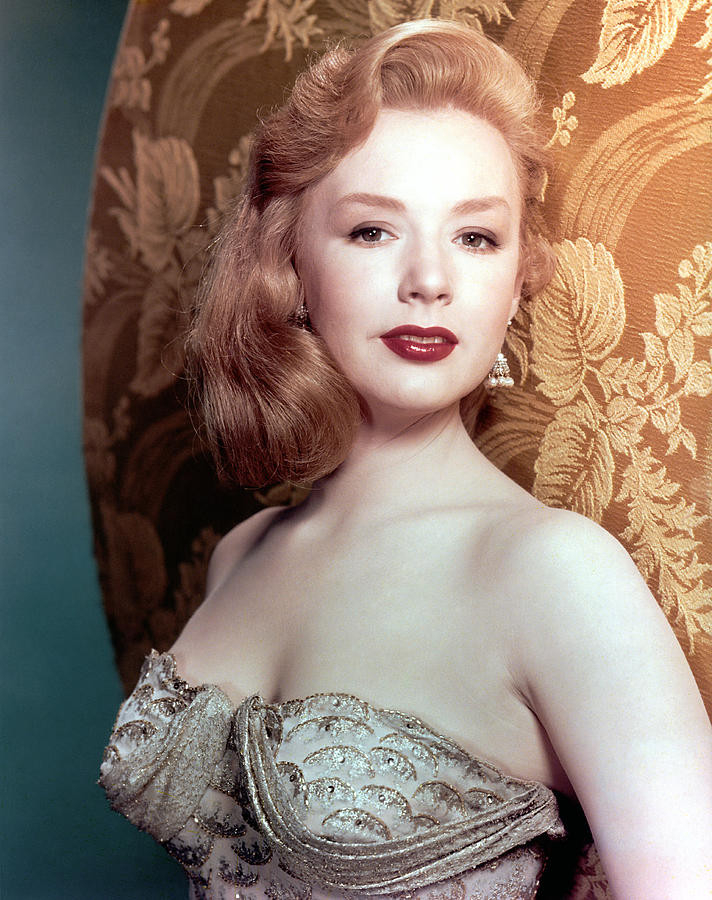
 Amanda S. Stevenson
Amanda S. Stevenson 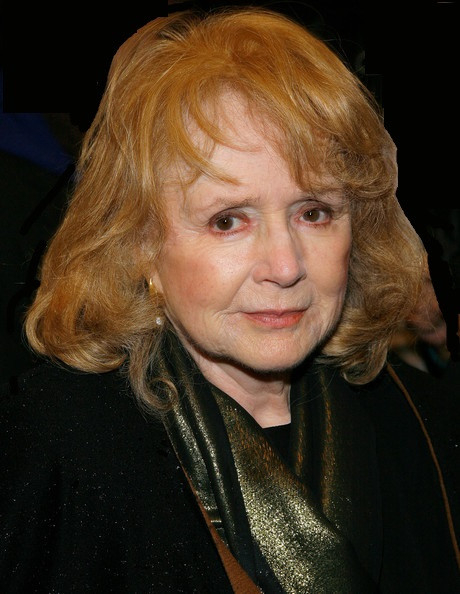
 Amanda S. Stevenson
Amanda S. Stevenson 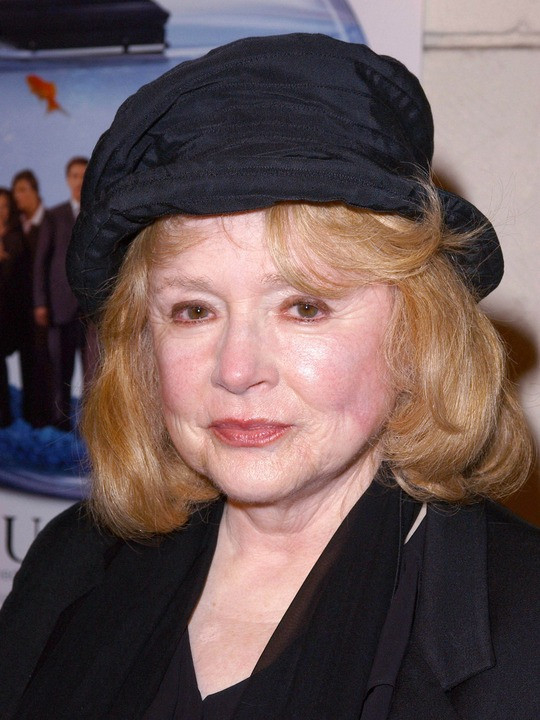
 Amanda S. Stevenson
Amanda S. Stevenson 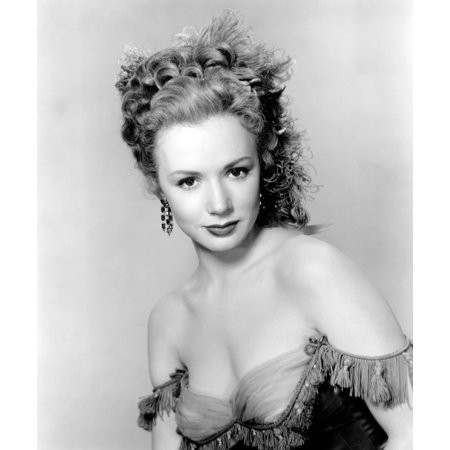
 Amanda S. Stevenson
Amanda S. Stevenson 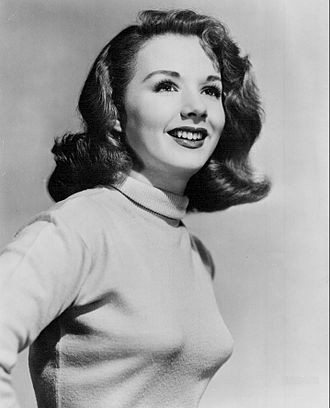
 Amanda S. Stevenson
Amanda S. Stevenson 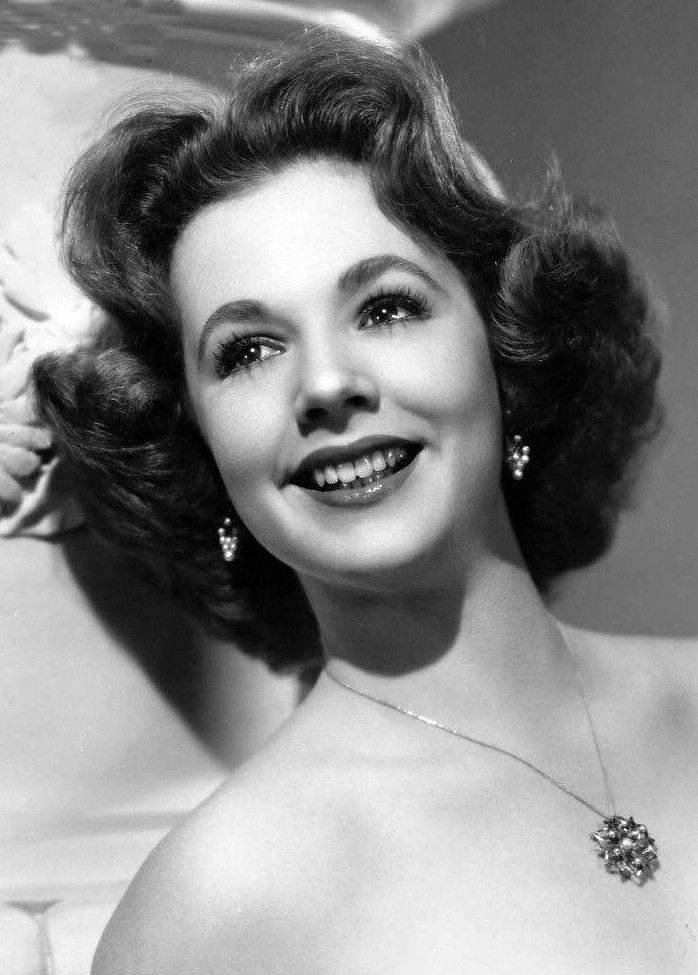
 Amanda S. Stevenson
Amanda S. Stevenson 
